Recent Articles
Popular Makes
Body Types
10 Car Mechanic Tips
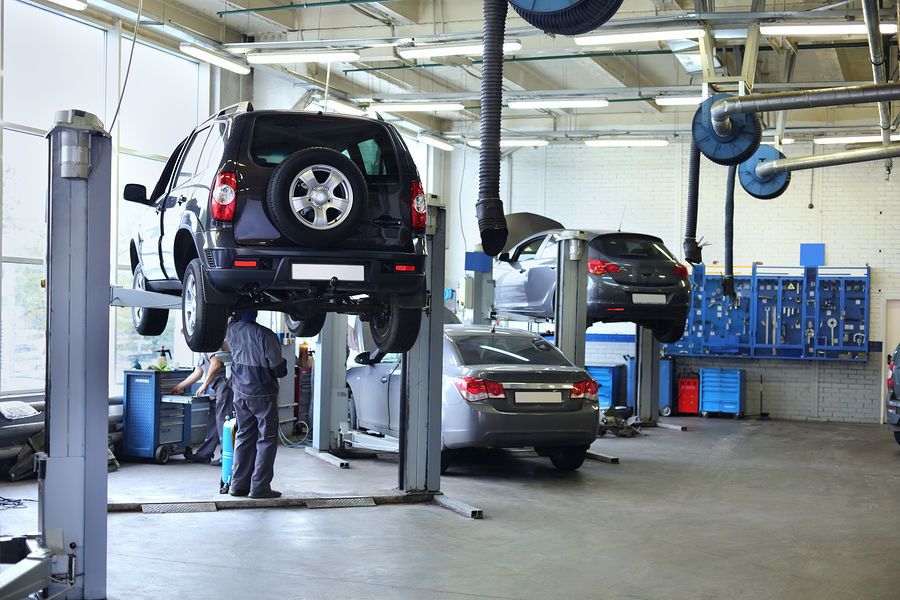
cars repair in autoshop
Nobody wants to spend money to service their car, but to paraphrase that old Mr. Goodwrench commercial, you can pay your mechanic now — or you can pay him later. The problem is, if you pay him later, it’s likely to cost a lot more money.
One of my best friends, Gary Norton, has been a service advisor at a dealership for more than 20 years. Years of listening to his horror stories have taught me to take better care of my cars. Considering that his suggestions have paid off — my cars’ maintenance and repair costs have dropped — I’ve decided to pass his wisdom on to you, the reader.
Following the advice may cost you a little bit more now, but it will save you in the long run.
Work with your dealer and your dealer will work with you
There is an unwritten rule that says if you purchase and service your vehicle at the same dealer, the service department will be more likely to work with you when there’s a problem. For example, let’s say that your transmission fails just 5,000 miles out of warranty — this stuff happens. If the dealer has done all of the scheduled maintenance and changed the transmission fluid, there is a better chance the service manager will go to bat for you with the manufacturer. This may result in a goodwill adjustment to the bill, or the part might be covered under warranty.
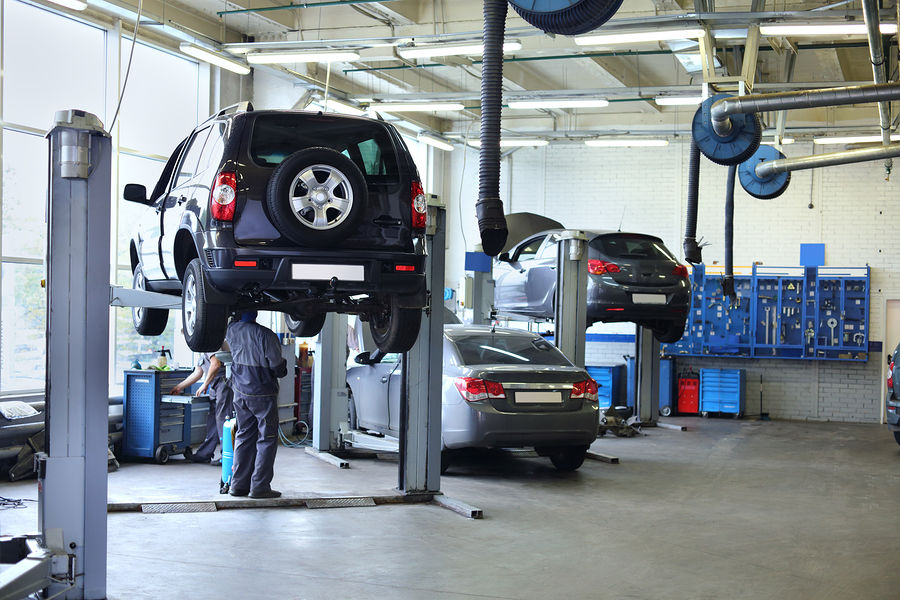
Check your oil levels, and have it changed regularly
With oil change intervals getting longer, as long as 10,000 or even 15,000 miles, it’s more important than ever to check oil levels. Norton says you should check your oil level once a month and change it every 7,500-10,000 miles for cars using synthetic oil and every 5,000-7,500 miles for cars running on conventional oil. Check your owner’s manual, and be sure to at least change the oil as often as it recommends. If you do lots of city driving or short trips, tow, or if your car sits for long periods, it helps to change the oil a couple thousand miles earlier than advised.
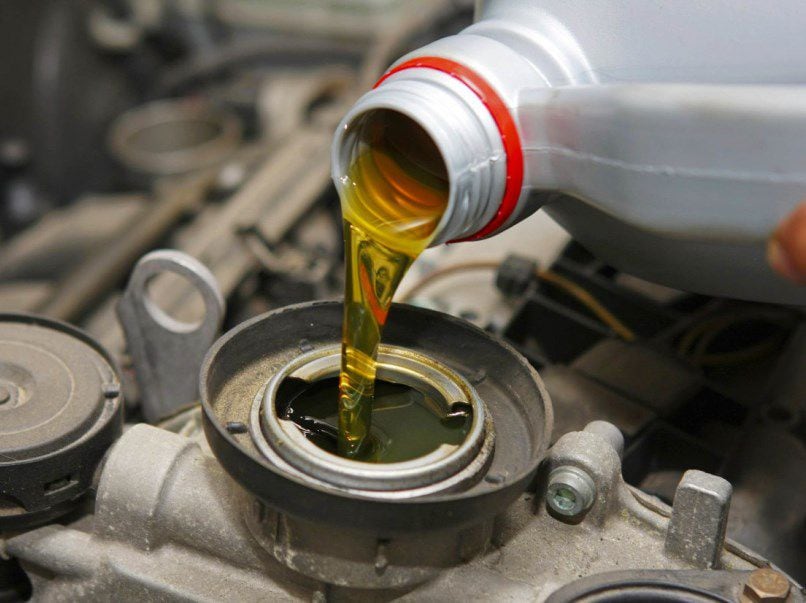
Check the other fluids, too
Oil isn’t the only fluid that needs to be checked and changed. Another half-dozen vital fluids within your vehicle require attention: brake fluid, transmission fluid, driveline fluids for four-wheel-drive vehicles, antifreeze, and even washer fluid should not be ignored. Have the brake fluid checked with every oil change, and change it every three or four years to prevent it from breaking down. Also ask the shop to check the antifreeze and wiper fluid at every oil change. Transmission fluid also breaks down, and leaving it unchanged may cause your transmission to overheat and fail due to metal-to-metal wear — a gearbox rebuild or replacement costs thousands of dollars. Fluid change intervals vary by manufacturer, ranging from 30,000 to 60,000 to 90,000 miles. Some transmissions have a lifetime fluid that never needs to be changed, but many still recommend changing it at 100,000 miles. To find your car’s recommended fluid change intervals, check the owner’s manual.
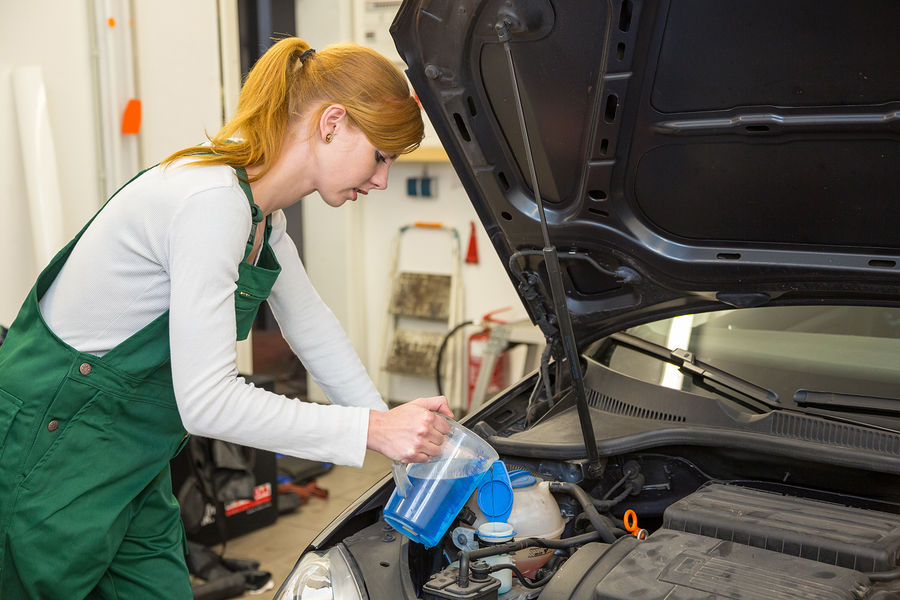
Take care of your tires and they will take care of you
Each time you fuel your vehicle, do a quick walk-around and look at your tires — a simple visual check will reveal many issues before they warrant tire replacement. Every two months, physically check the tire pressures (don’t rely on the government-mandated tire-pressure monitors, which are engineered to alert emergencies and so allow a variance of pressure that may cause uneven wear). Ensure the tire pressure is at the manufacturer’s recommended level, which can usually be found on the driver’s-side door jamb.
Most new tires come with 9/32-12/32 inches of tread — at 2/32 tires are considered worn out. An easy way to test depth is with the “penny test”: insert a penny into the tread with Lincoln’s head down. If you can see the top of his head, it’s time for new tires. It is also good advice to visually check how the tread is wearing. If the fronts are wearing quicker than the rears, it is time to rotate them (check the owner’s manual for specifics). Tires that are low on air will wear faster on the outside edges. If there is cupping — that is, the tire is wearing faster in the middle than on the edges — it’s probably a suspension or balance issue. If they are wearing faster on one side of the tread compared to the other, you probably have an alignment problem.
Norton recommends getting an alignment when you buy tires. “You might spend $1,000 for tires for some of these vehicles, especially the SUVs with bigger wheels. If your alignment is off, you’re going to start wearing those tires out immediately,” he said. An alignment costs $100-$150, a small price to pay to protect your expensive investment.
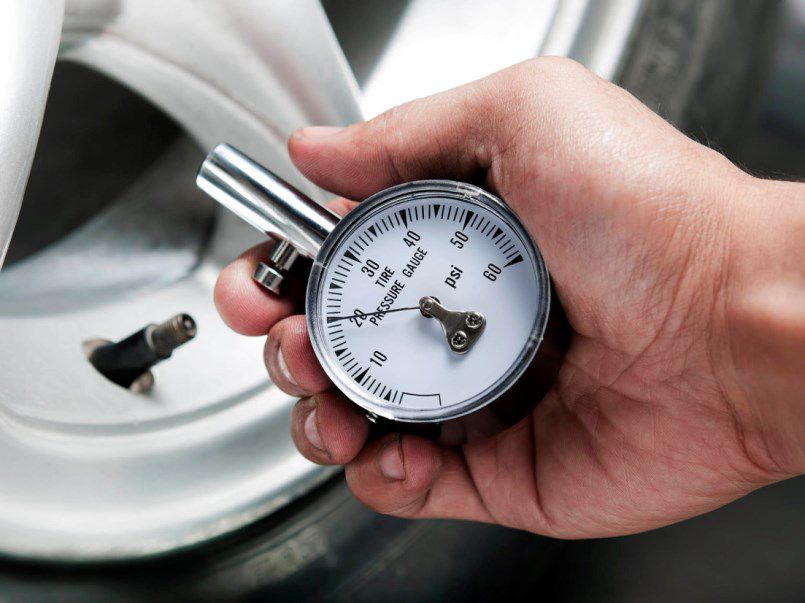
Those dashboard lights are important
Dashboard lights are your car’s way of telling you there is something wrong — think of them like an ache or a pain. In general, lights that are “red” mean you should immediately pull safely to a stop and shut down the engine, as something serious needs attention. Lights that are “yellow” often indicate maintenance or emissions issues.
Since many shops, like AutoZone, Napa, or Pep Boys, will hook a computer to your vehicle and read the error report free of charge — there is no excuse for ignoring dashboard warning lights.
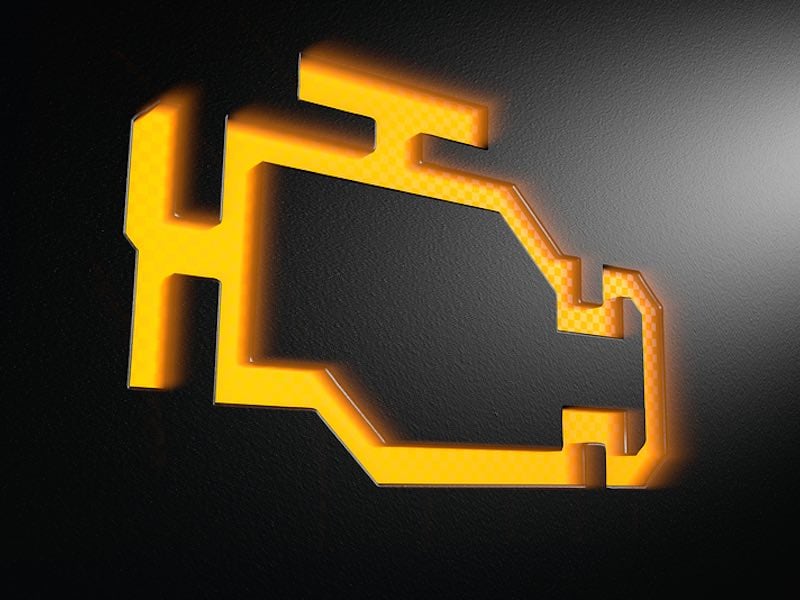
Don’t get used to the daily grind
When you hear a noise or feel a pulsation from the brakes, have it checked out. Period. Properly serviced brakes operate smoothly and with little noise (high-performance brakes can squeak every so often). Unusual noises or grinding sounds while decelerating indicate pad or rotor issues. Vibrations or shaking during stopping generally means that there is an issue with the rotor or caliper.
Norton suggests a brake service every year or so in cold climates and every three years in warmer climates. The service includes cleaning and lubing the moving parts and installing new pads when needed. Regular maintenance will give you more miles between full brake jobs, which can cost $500 or even $1,000.
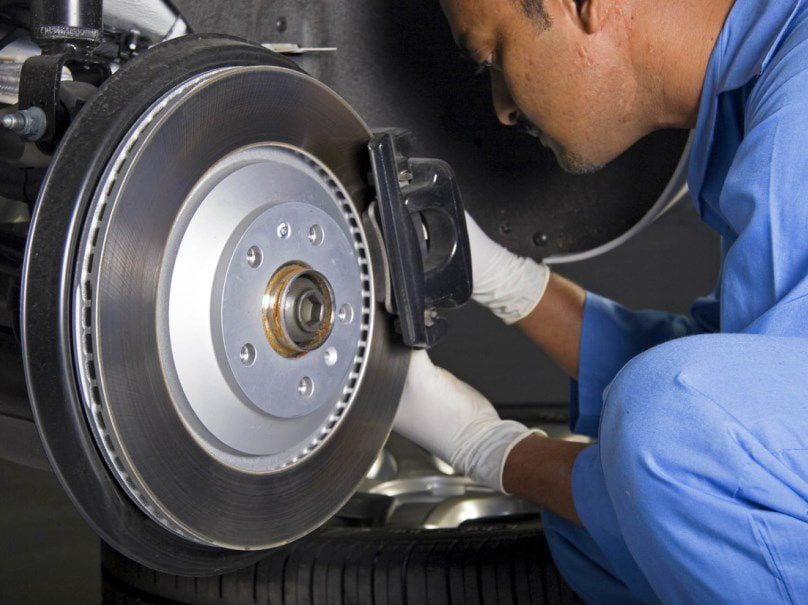
Don’t ignore what your car’s performance is telling you
Just like brakes, you should pay attention to the way your car rides and handles. If you notice any changes, hear clunking noises, feel a vibration, or hear loose parts, those can be signs of suspension problems that should be inspected. Common issues are wear to ball joints, tie-rod ends, and swaybar links/bushings. If a ball joint or tie-rod end breaks, that wheel can become unstable or even fall off —obviously a safety issue. Worn shocks, struts or springs can cause a bouncy ride, reduced bump suppression, and excessive tire wear. The older a car gets, the more important it is to pay attention to these issues and get the occasional inspection, especially after 80,000 miles.
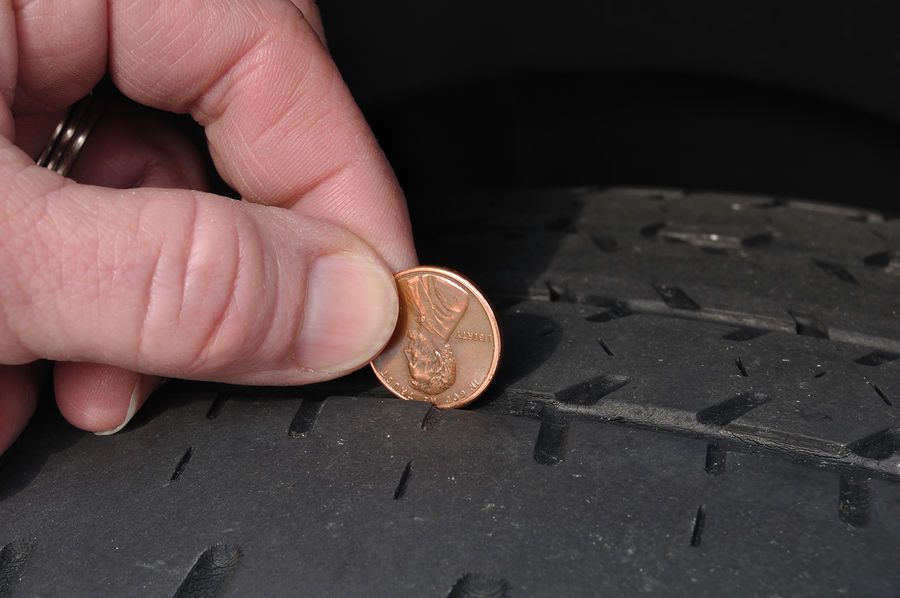
Prepare your car for winter
As the cold season approaches, you swap your shorts for jeans and pull your heavy jackets out of storage. Do the same — well, at least metaphorically — for your vehicle.
Before the first snow falls, take your car to a shop to test the battery, inspect the tires and wipers, and check the antifreeze level. A typical battery lasts about five years, and while you probably don’t need to check it in the first couple of years, getting a simple battery test before winter could prevent you from getting stranded when the mercury drops below zero degrees.
If you live in the Snow Belt, consider snow/winter tires, which are designed to properly grip cold pavement and offer better traction in snow and ice — don’t rely on all-season tires to do the job. At minimum, replace your summer tires in the fall; the need for better grip can really sneak up on you. Don’t wait for inclement weather.
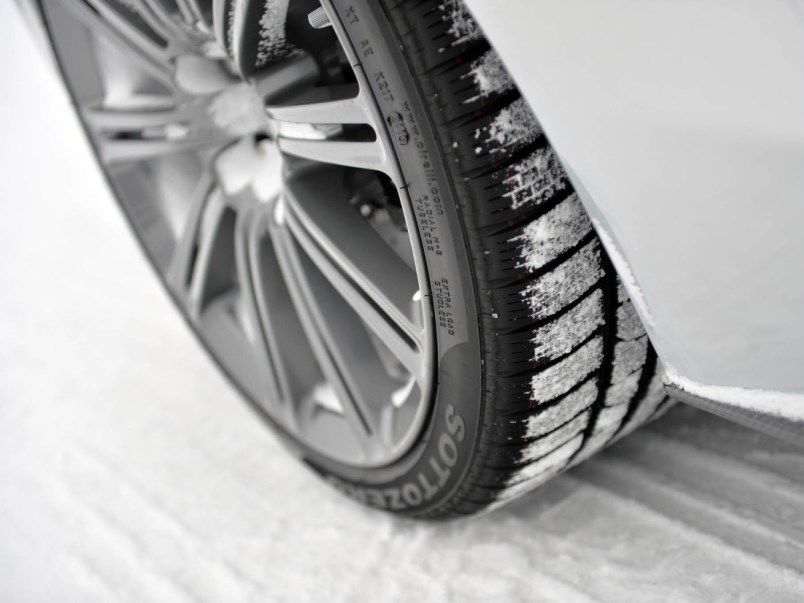
Prepare your car for a long road trip
One of Norton’s biggest pet peeves is customers who don’t plan for a road trip. “If you’re going on a long road trip, the car is the most important thing, but it’s often the last thing people think about,” he said.
Be sure to check tire pressure, tread depth and wear, fluids, brakes, oil level, and even suspension components, but don’t wait until the last minute; deciding to get the car checked out a day before your trip might not fit into your mechanic’s schedule and may not leave enough time to complete necessary repairs. Leave plenty of time to get the car fixed, and make sure there aren’t any problems with the work that’s been done. It’s far better to make sure your car is capable of handling a long trip than to be stranded.

Have the right attitude
The relationship between customer and service department is give-and-take. If a customer is looking for help and goes in with a negative attitude, the service department may not go out of its way to help. Start with a smile or something else to set the tone. Michael Harley, former AutoWeb Editor-in-Chief, swings by a Winchell’s to grab a dozen donuts when he’s heading towards his dealer’s service department. “Donuts cost me less than $8, but the simple gesture puts a smile on everyone’s face in the service department and, more importantly, they remember who I am. Of course, the inexpensive goodwill has paid for itself countless times in premium loaner cars and preferential treatment when warranty questions arise,” he says with a grin.
Every car owner should have a mechanic that they trust. While dealers may often be more expensive than independent shops, many dealers are working to build a long-term relationship, and that starts with honesty. “I want them to come back to me when their car needs work, and I want them to trust me,” said Norton.
